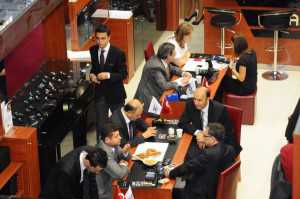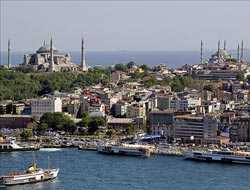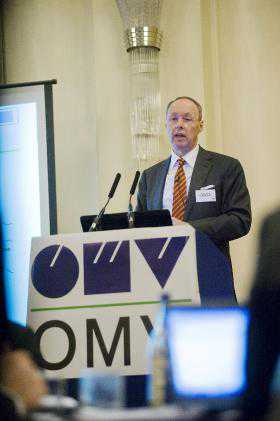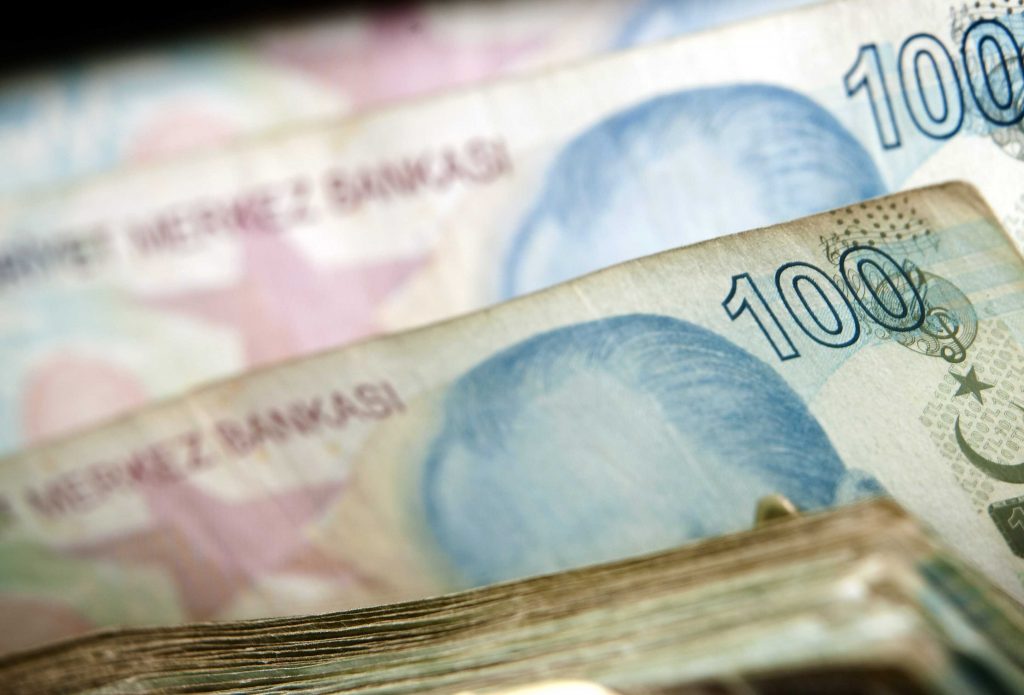By Rachel Wimberly
 It seems a lot more people from around the world were interested in checking out United Business Media’s Istanbul Jewelry Show Oct. 10-14 at the CNR Expo, with 18,123 jewelry professionals from 95 countries showing up to check out the event.
It seems a lot more people from around the world were interested in checking out United Business Media’s Istanbul Jewelry Show Oct. 10-14 at the CNR Expo, with 18,123 jewelry professionals from 95 countries showing up to check out the event.
New visiting countries included Afghanistan, Bahrain, Brazil, Argentina, Chile, Columbia, Ghana, Honduras, Kenya, Laos, Monaco, Uzbekistan and Zambia, which was a big increase, according to UBM officials.
The number of exhibitors also went up 24 percent, compared with last year’s event, with 563 exhibitors from 27 countries, including 389 Turkish exhibitors on the showfloor.
Visitors from Iran, Russia, Greece, Iraq, Lebanon, India, Ukraine, the United Arab Emirates, Italy and Egypt topped the list of overseas visitors to the show: 18.3 percent of visitors were from Iran, 7.96 percent from Russia, 6.84 percent from Greece and 6.75 percent from Iraq.
Turkey now ranks as the world’s second largest gold jewelry exporter, the fifth largest importer and the third largest producer, according to UBM officials. The show is” positioned be the leading fair in the European and Middle East regions,” they added.
“(The) Istanbul Jewelry Show was very well organized. Companies from North Iraq that had visited the fair for the first time were happy with the results of their meetings with the exhibitors,” said Qaraman Jawher, chairman of Erbil Jewellery Association covering Erbil – Duhok and Suleymaniye cities in North Iraq. “They made some deals for monthly order with the exhibitors and some wholesalers even agreed on weekly order.”
Yaakov David Shagel of B. Shagal Jewellery 2003 in Israel, added, “I was deeply impressed as I visited the fair. The show is presented in a professional and experienced way.”
On the opening day of the show, UBM Asia, organizer of the world’s largest jewelry fair in Hong Kong, with jewelry shows in China, India and Japan, announced the acquisition of a 65 percent stake in Rotaforte International Trade Fairs & Media, the owner of the Istanbul Jewelry Show, “to add synergies to its jewelry shows and to enhance international participation at Istanbul Jewelry Show,” according to UBM officials.
“We are very pleased to know the joint venture of UBM Asia and Rotaforte,” said Can Ozkok, vice president of Turkish Jewellery Association. “UBM Asia is the world’s leading jewelry show organizer. I wish the new UBM Rotaforte company all the best.”
The Istanbul Jewelry Show – Istanbul International Jewelry, Watch & Equipment Fair is held twice a year, in March and October. The next show is scheduled March 17-21.




